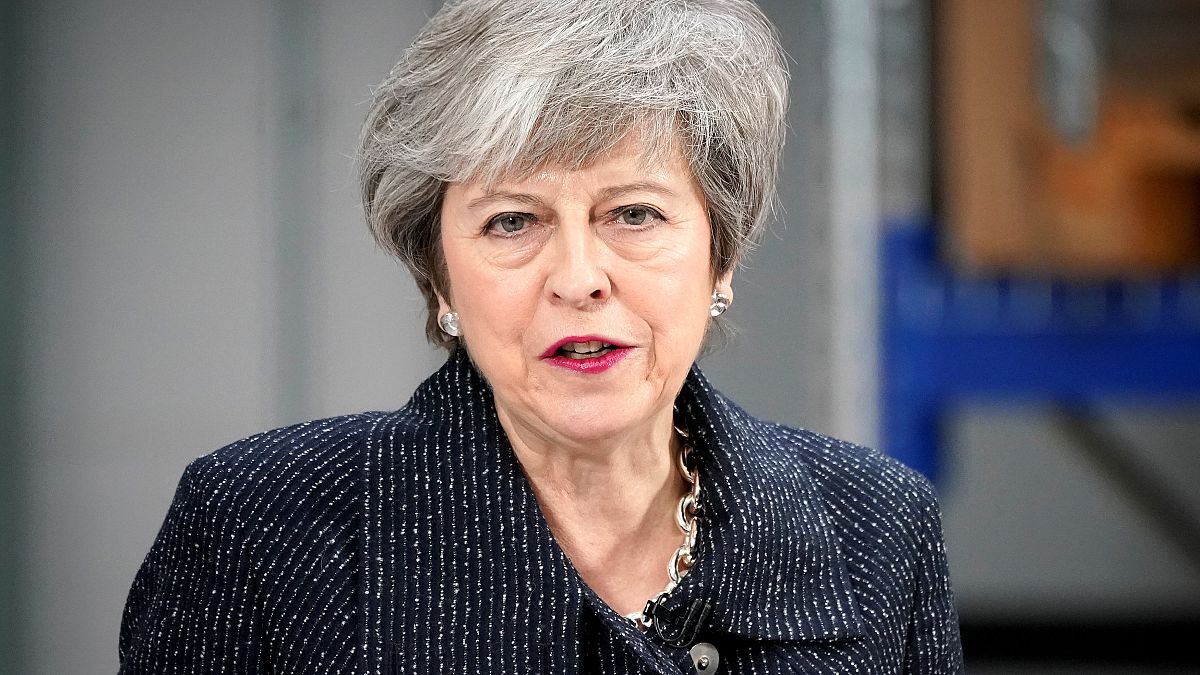The end of a turbulent road. Euronews looks at the twists and turns
As Theresa May prepares to take questions from MPs for the last time before stepping down as prime minister, Euronews takes a look at the extraordinary relationship between the outgoing Tory leader and Brexit - the scenario that would make and break her.
“I think the economic arguments are clear. I think being part of a 500 million population trading bloc is significant for us. I think one of the issues is that a lot of people who invest here in the UK because it’s the UK in the EU.”
Those were the words of the UK’s then interior minister as she campaigned for the UK to stay in the European Union, a month before the Brexit referendum.
Little would Theresa May have known, as she spoke at Goldman Sachs in May 2016, what an impact the vote would have on her future.
It was a vote that opened the door into Downing Street and an issue that defined, dominated and ultimately destroyed her premiership.
After winning the race to succeed David Cameron as UK prime minister, May’s mantra early on was that “Brexit means Brexit”, a reference to her apparent determination to honour the results of the referendum.
She triggered the formal process for the UK to leave the EU in March 2017 and a month later announced a surprise snap election that aimed to help her ruling Conservative Party capitalise on good poll ratings.
It backfired as the party lost its majority in the UK parliament. It was a loss that would hit May’s ability to get her Brexit deal past MPs.
Throughout the election campaign, May repeated her slogan that only she could provide the “strong and stable leadership” needed to get through Brexit.
Yet when May announced her Brexit plan, a slew of ministers quit the government in protest at what they saw as a compromise deal that did not fulfil the results of the referendum.
It meant she began to look as isolated at home as she did when filmed at an EU summit with no-one to talk to.
In some quarters she was praised for her determination to honour the referendum result, even if her deal pleased neither ardent remainers or committed leavers.
When her EU divorce deal came before MPs in January 2019 it was rejected in a record defeat for her government.
It was turned down for the second time in mid-March and again on the 29th of the same month, the day the UK was originally meant to quit the EU.
May said on Tuesday that if MPs approve her EU divorce deal, they could, within that legislation, vote to have a confirmatory referendum.
Other changes to her Brexit agreement include a legal obligation to find alternatives to the Irish backstop by December 2020; no changes to environmental protections the UK enjoys as a member of the European Union; and new legislation to protect workers' rights.
At Wednesday's session in the House of Commons, MPs tore into her deal, piling yet more pressure on her leadership.
On Friday morning May met with Graham Brady, the chairman of the powerful 1922 committee. After the meeting, the Prime Minister emerged from Number 10 to make the announcement that she will step down as party leader on Friday 7 June.
Boris Johnson will take May's place as prime minister and work to deliver Brexit by the end of October.
